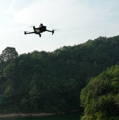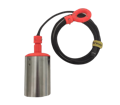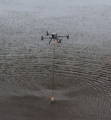No Products in the Cart
• Battery Endurance: 2 x 3 hours @ 2 m/s (running on 2 battery sets, support hot-swap). Ensures prolonged operational time, crucial for covering extensive areas or conducting extended surveys without interruption. The hot-swap capability adds to its reliability by allowing continuous operation during battery replacement.
• ADCP Compatibility: Compatible with M9, RiverPro, RiverRay, RioGrande, RCP, and other navigable ADCP. Enables seamless integration with various ADCP systems, facilitating comprehensive hydrological surveys and precise water flow measurements. Compatibility with multiple ADCP models enhances flexibility and ensures the use of the most suitable equipment for specific research requirements.
• Hull Dimension (L × W × H): 1200 mm x 750 mm x 400 mm.
• Two-color Light (Display satellite and positioning status): Offers visual indication of satellite connectivity and positioning status, allowing operators to monitor the system's navigation capabilities.
• Anti-wave & Wind Draft: 3rd wind level and 2nd wave level. Ensures stable operation and reliable data collection even in challenging environments. This feature enhances the USV's capability to maintain data quality and consistency, contributing to the success of hydrological surveys and environmental monitoring efforts.


















